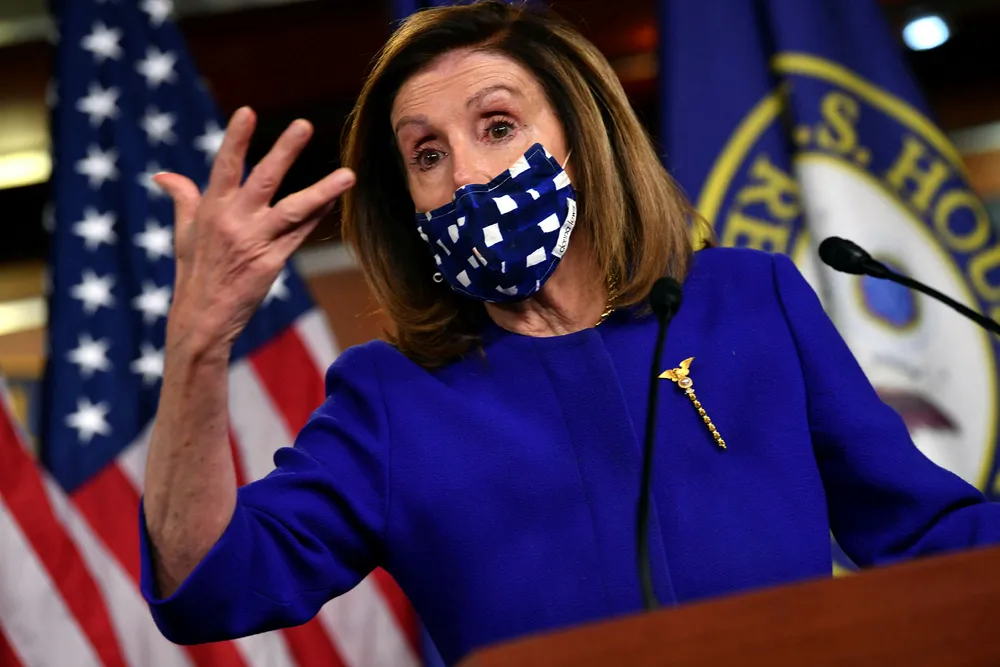Oil futures falter as Covid-19 resurgence fears linger
Surprise rise in weekly US stockpiles fans worries that resurgence of Covid-19 cases will continue to hit demand

Surprise rise in weekly US stockpiles fans worries that resurgence of Covid-19 cases will continue to hit demand
